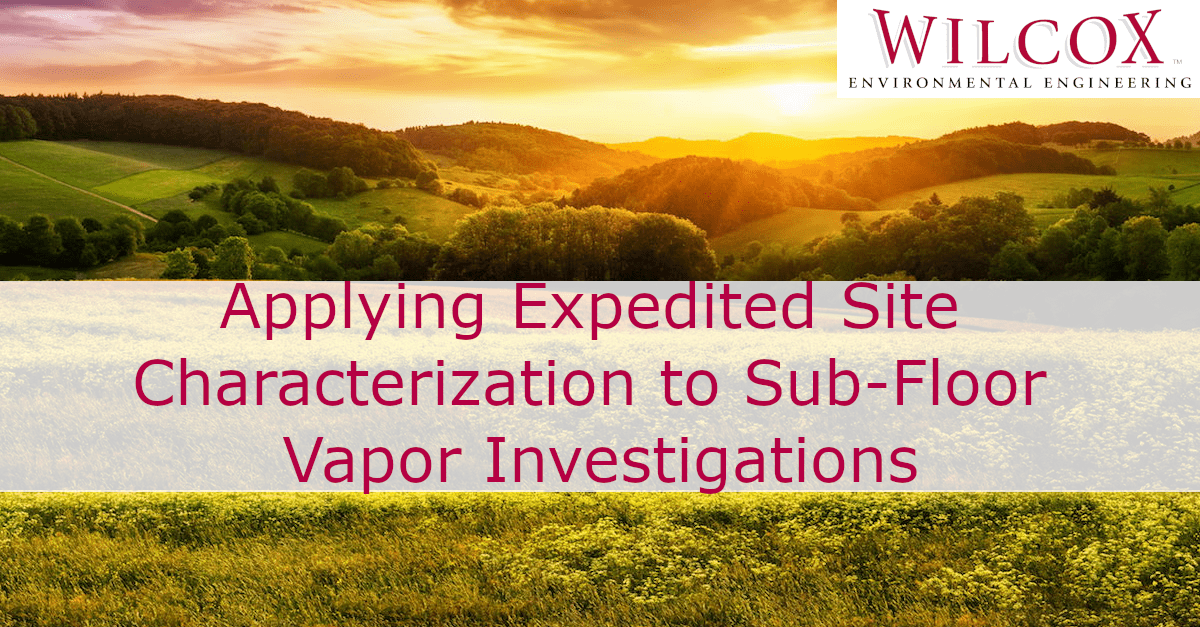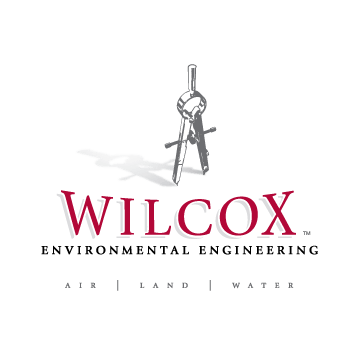
James M. King, Ph.D., LPG
April 2022
A Conceptual Site Model (CSM) represents our understanding of the physical and chemical environments affecting soil, groundwater, and vapor at a contaminated property at any time during site characterization. Accordingly, the accuracy and completeness of a CSM are the key drivers of subsequent remediation and monitoring costs. A deficient CSM can lead to overly conservative or even inappropriate decisions about the most effective remedy and to a flawed design for post-remediation monitoring. With the traditional, multi-step site investigation process, which is still in wide use, CSMs are usually developed in numerous small steps over months or years, a costly process that can deter collecting enough data for accurate site characterization.
In 2001, the US EPA introduced the Triad approach for efficient investigation of contaminated sites and associated CSM development. The approach is now more commonly known as high-resolution site characterization (HRSC). The foundations of Triad are systematic planning, developing dynamic, flexible and adaptable work strategies, and using innovative field methods for real-time decision making. In 2012, Wilcox began applying an in-house variant of the Triad approach dubbed Expedited Site Characterization, or ESC, to soil and groundwater investigations. ESC has two basic principles:
- Collecting a high density of representative samples so that site conditions and variability can be characterized with greater certainty than is possible with a lower sampling density.
- Analyzing samples, making decisions about additional sampling, and progressively filling data gaps in real time, i.e., in the field, to allow characterization to proceed quickly and with fewer mobilizations to the site.
With these principles, ESC is highly effective in developing complete and accurate CSMs in shorter times and for lower costs than the traditional, multi-step method.
Nearly all applications of Triad/ESC in the literature center on soil and groundwater investigations. However, ESC has no practical limitations that would prevent its use for investigating sub-floor (sub-slab) vapor from volatile chemicals such as chlorinated solvents and many petroleum compounds.
Conventional sub-floor vapor investigations require installing ports through concrete floor slabs at a comparatively small number of locations within a structure. Without prior information, the sampling locations are often chosen randomly or perhaps with some guidance from the positions of floor drains, sumps, or other subjective clues. The small number of ports can tell us whether sub-floor vapor is present at their individual locations, but it may not allow us to confidently identify vapor sources (soil and/or groundwater beneath the structure) or factors that affect its migration (preferential pathways). We would rarely use this “one-shot” approach to characterize groundwater contamination. Instead, in ESC fashion, monitoring well installation is often preceded by the rapid and economical collection of grab samples using direct-push sampling tools or temporary wells. The resulting data can be used to optimize the placement of permanent monitoring wells, often reducing the number of wells required for effective monitoring. The ESC process is equally applicable to sub-floor vapor investigations.
One principle of ESC is using direct-read field analytical or measurement methods to provide real-time data for in-field decisions about where additional samples should be collected. For expedited sub-floor investigations, photoionization detectors (PIDs), flame-ionization detectors (FIDs), methane meters, and portable gas chromatographs (GCs) are among the common instruments that cover a wide range of potential vapor constituents.
A hypothetical application of ESC to a vapor investigation that satisfies the two ESC principles is (1) installing enough sampling ports for high-resolution characterization of the sub-floor vapor distribution, perhaps using a grid or random location selection, (2) inserting sampling tubing to a depth just beneath the floor and sealed at the floor surface with a flexible VOC-free material, and (3) measuring vapor levels in sub-floor air pulled through the tubing into a direct-read instrument (e.g., PID, GC, or FID). The real-time data can then be used to make rapid on-site decisions about where to place additional sampling ports to fill gaps in the data coverage. The process continues until characterization is complete. The result is a well-defined, high-quality CSM of sub-floor vapor conditions, pointing to potential vapor source areas or pathways for preferential migration. The ESC process would ultimately result in the ability to choose optimal locations for long-term vapor monitoring or the information necessary to optimize the design for mitigation or remediation. ESC could conceivably achieve this objective in a single mobilization, perhaps in a single day – a small investment with potentially significant dividends, not to mention savings in ongoing monitoring costs due to having optimally located sampling locations.
From this discussion, it’s evident that an ESC-style approach for sub-floor vapor investigations has several advantages:
- Fewer mobilizations and faster, better-quality sub-floor vapor characterization
- Improved CSM quality
- More certain mitigation and remediation decisions
- Reduced time and cost for site closure
Practical, project-specific advantages of ESC vapor characterization include:
- The ability to leave floor penetrations in place for additional field measurements or conversion into permanent vapor monitoring locations
- More reliable delineation of sub-floor source areas
- Improved assessments of preferential vapor pathways
- More reliable pressure-field extension (PFE) tests for mitigation design
- The ability to identify optimal, long-term vapor monitoring locations (the fewest locations that still achieve monitoring objectives)
The benefits far outweigh potential disadvantages or challenges that include:
- The need for a larger number of sub-floor utility locations for floor penetrations
- High sub-floor vapor concentrations that may fall outside the calibration range of a GC or “peg” some direct-read field instruments so that only “greater than” (>) measurements are possible at some port locations
- Perception of higher costs due to front-loading work in early project phases
With respect to the last disadvantage, it may be difficult to explain to a client in tangible terms how a better vapor CSM would translate into optimal, more effective mitigation, remediation, and monitoring that would reduce project lifecycle costs; however, it’s usually self-evident that a more thorough understanding of vapor distribution, potential source areas, and preferential pathways would allow long-term monitoring locations to be optimized and remedies focused on the proper locations.
Vapor characterization and intrusion assessments will continue to be a major and expanding part of the environmental site characterization landscape, and vapor considerations are now an essential component of environmental due diligence assessments. Our extensive experience with vapor assessments is included within Wilcox’s full range of high-value services available to our clients.
If you have any questions about assessing vapor intrusion, please contact either Dr. Jim King or Scott Connors.
